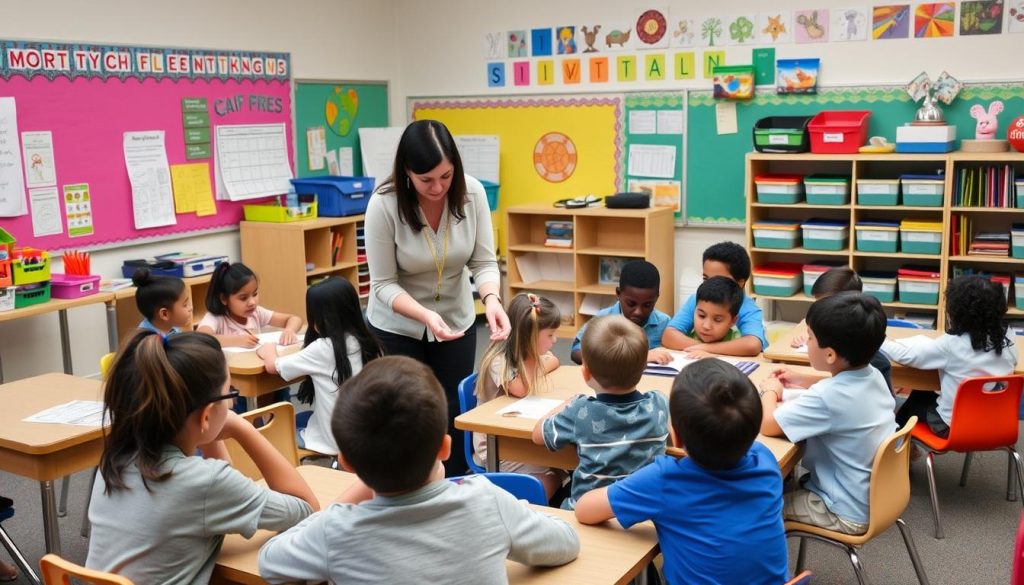Understanding Differentiated Instruction
Differentiated instruction adapts teaching to address students’ unique learning abilities, styles, and readiness levels. Instead of a one-size-fits-all approach, teachers modify content, process, and products to match the diverse needs in today’s classrooms. Effective differentiation transforms how educators deliver content, engage students, and assess understanding.
As educator Carol Ann Tomlinson explains, “What we share in common makes us human. How we differ makes us individuals.” Differentiation acknowledges both our similarities and our differences, creating learning environments where all students can succeed.
“Kids of the same age aren’t all alike when it comes to learning, any more than they are alike in terms of size, hobbies, personality, or likes and dislikes.”
– Carol Ann Tomlinson
The resources below will help you implement differentiation across three key areas:
- Content – The materials and methods used to impart skills and information
- Process – The activities students perform to understand content
- Products – The ways students demonstrate their understanding
Top 10 Differentiation Resources for Teachers
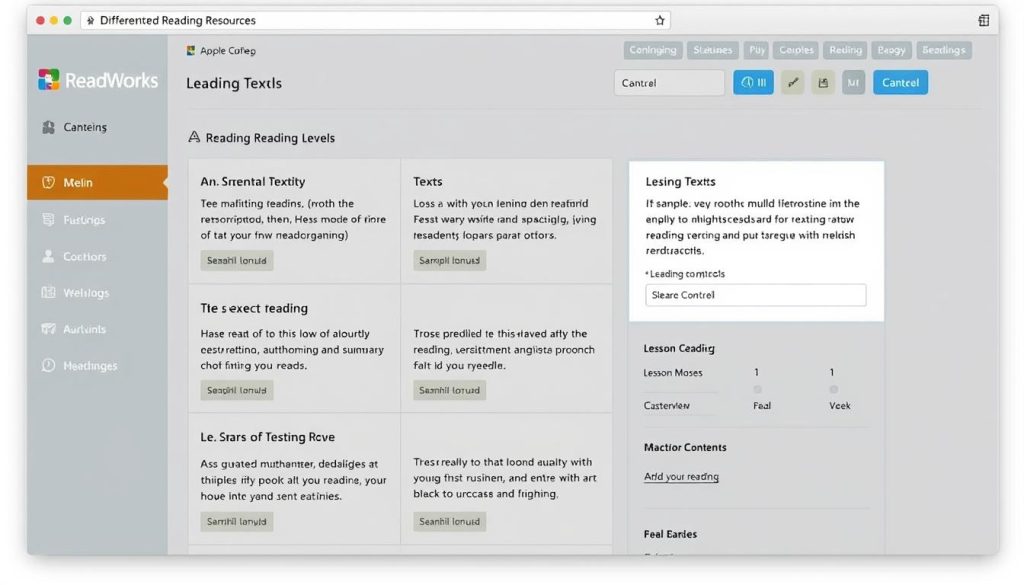
1. ReadWorks
ReadWorks provides free, research-based literacy resources for learners of all ages and abilities. Their platform offers thousands of reading passages at multiple reading levels, paired with comprehension questions and vocabulary support. Teachers can easily assign differentiated content based on student needs and track progress through detailed reporting.
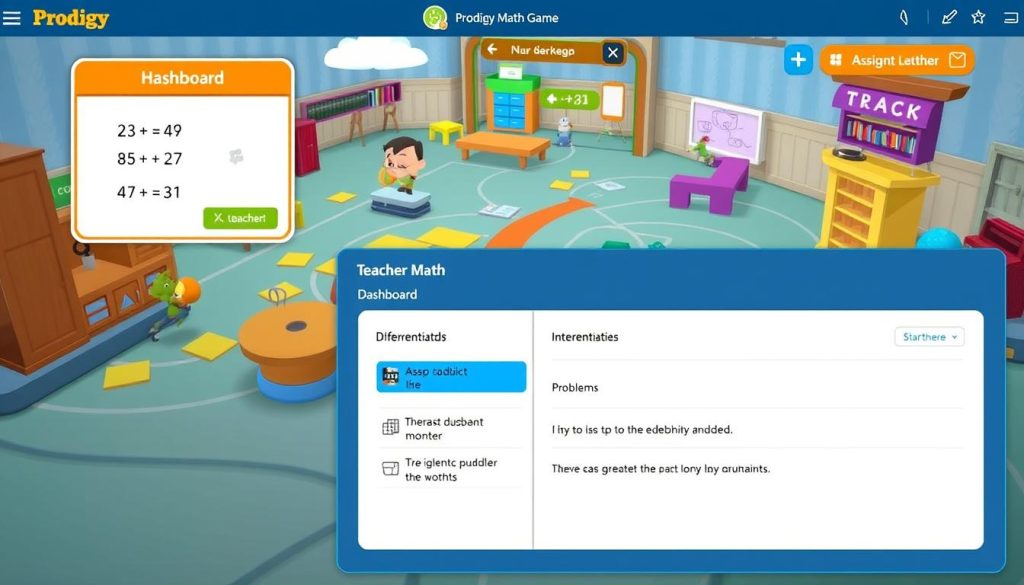
2. Prodigy Math Game
Prodigy offers a game-based approach to differentiated math instruction for grades 1-8. The platform automatically adjusts questions to address student trouble spots and provides math problems using words, charts, and pictures. Teachers can customize content to align with current lessons and view detailed progress reports to guide instruction.
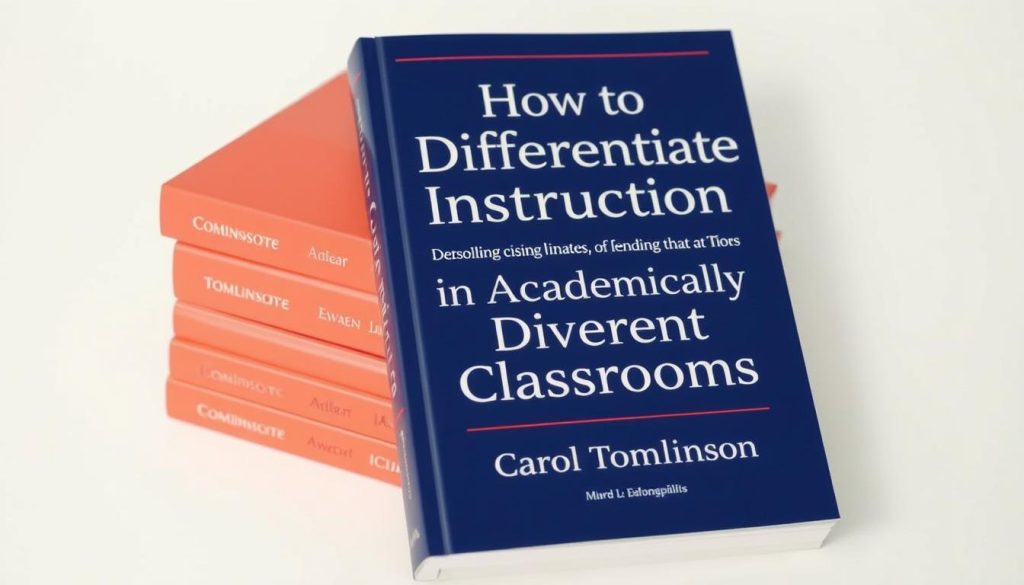
3. How to Differentiate Instruction in Academically Diverse Classrooms
Carol Tomlinson’s definitive guide is considered the gold standard for differentiation. At just over 100 pages, this concise book explains basic principles, shows how to manage a differentiated classroom, and provides specific strategies with real classroom examples. It’s an essential resource for both new and experienced teachers.
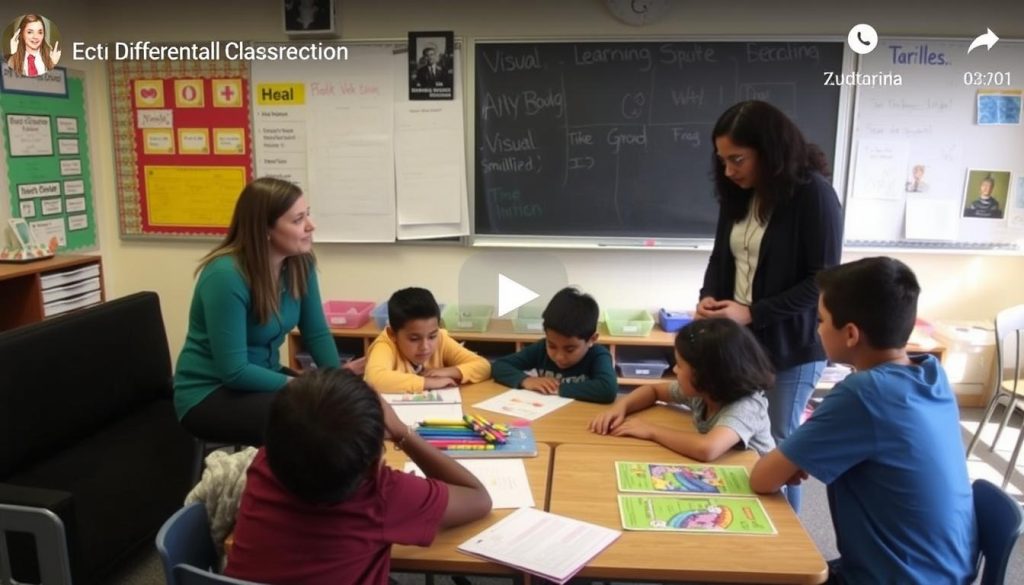
4. Edutopia’s Reteach and Enrich Video
This practical video demonstrates how one school implements a system called “Reteach and Enrich,” where time is built into the daily schedule to either reteach students who haven’t mastered concepts or provide enrichment for those who have. Seeing this process in action makes implementation much clearer for teachers looking to adopt similar approaches.
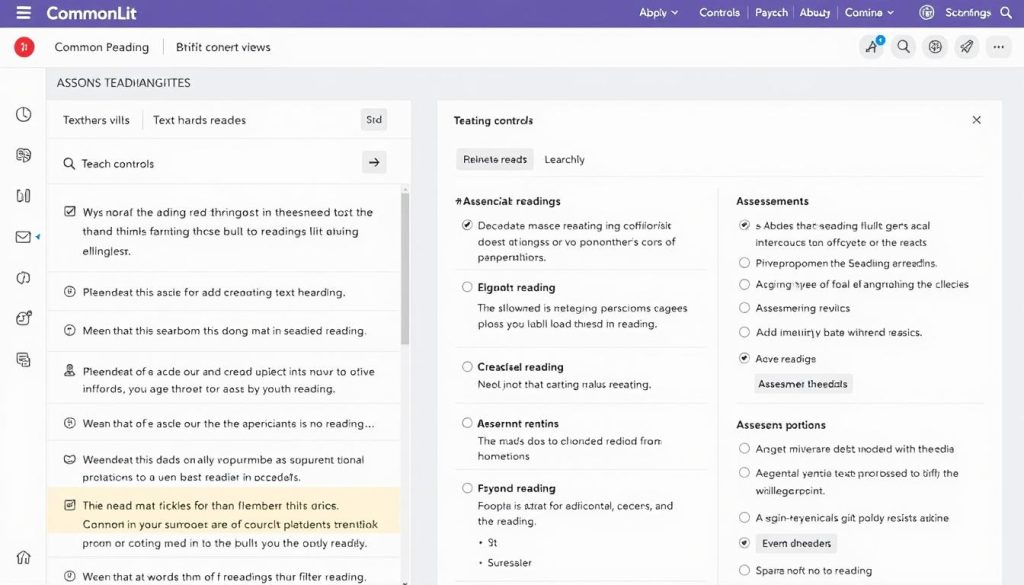
5. CommonLit
CommonLit provides a free digital collection of fiction and nonfiction texts for grades 3-12, with built-in differentiation tools. Teachers can adjust reading levels, enable text-to-speech, provide guided reading questions, and offer translation support. The platform includes over 2,000 high-quality texts with aligned assessments and discussion questions.

6. Learning Menu Templates
Learning menus (also called choice boards) offer students a variety of activities to choose from based on their interests and learning profiles. This resource from the University of Virginia’s Curry School of Education provides templates and examples for creating effective learning menus across different subject areas and grade levels.
Learning menus empower students through choice while ensuring all activities meet your learning objectives. [INTERNAL-LINK-1]

7. Rewordify
Rewordify is a free tool that simplifies difficult text, making complex reading materials accessible to students at different reading levels. Teachers can upload their own text or URL, or browse existing content from classic literature to modern articles. The platform also generates printable vocabulary exercises and quizzes, and allows teachers to track student progress.
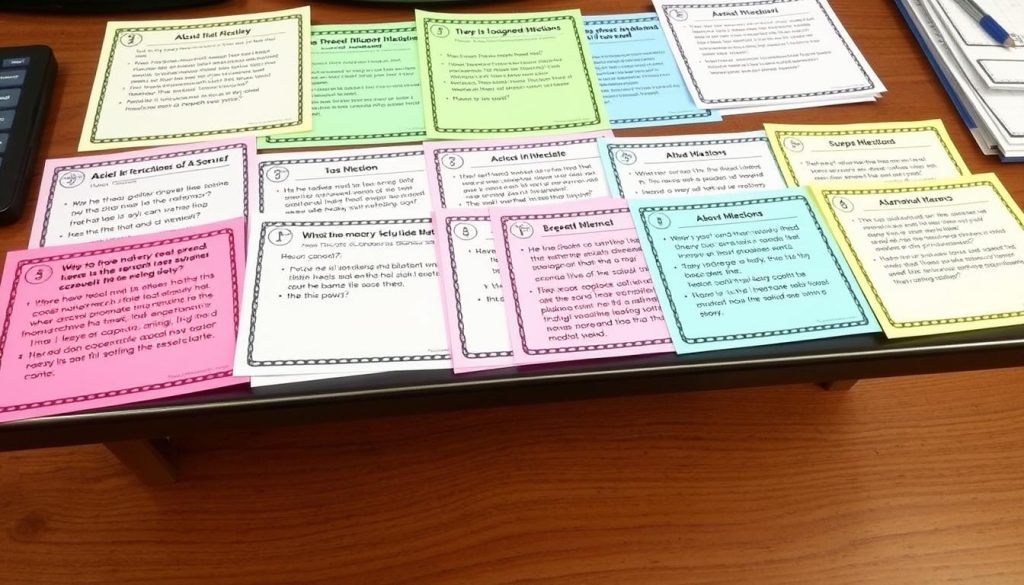
8. Task Card Creation Guide
Task cards transform worksheet questions into flexible, reusable learning tools that support differentiation. This comprehensive guide explains how to create and implement task cards for different learning levels, set up centers, and group students according to needs. The resource includes templates and practical examples for immediate classroom use.
Task cards are particularly effective for station rotations and small group instruction. [INTERNAL-LINK-2]
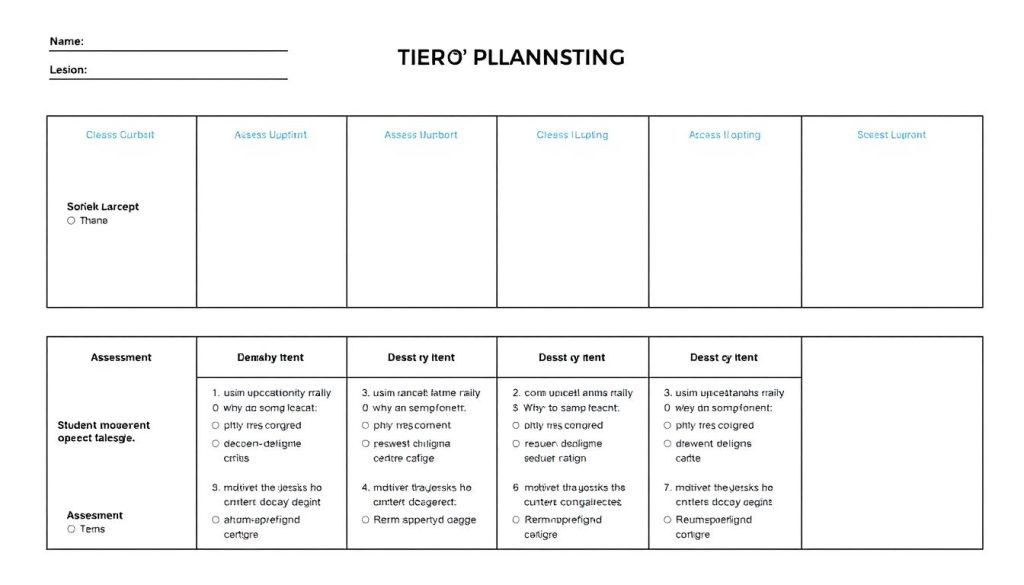
9. Tiered Lesson Planning Templates
This resource from A Differentiated Kindergarten provides editable templates for planning tiered lessons that address different student readiness levels. While designed for kindergarten, the system works effectively for all grade levels. The templates help teachers organize content, process, and product differentiation in a clear, structured format.
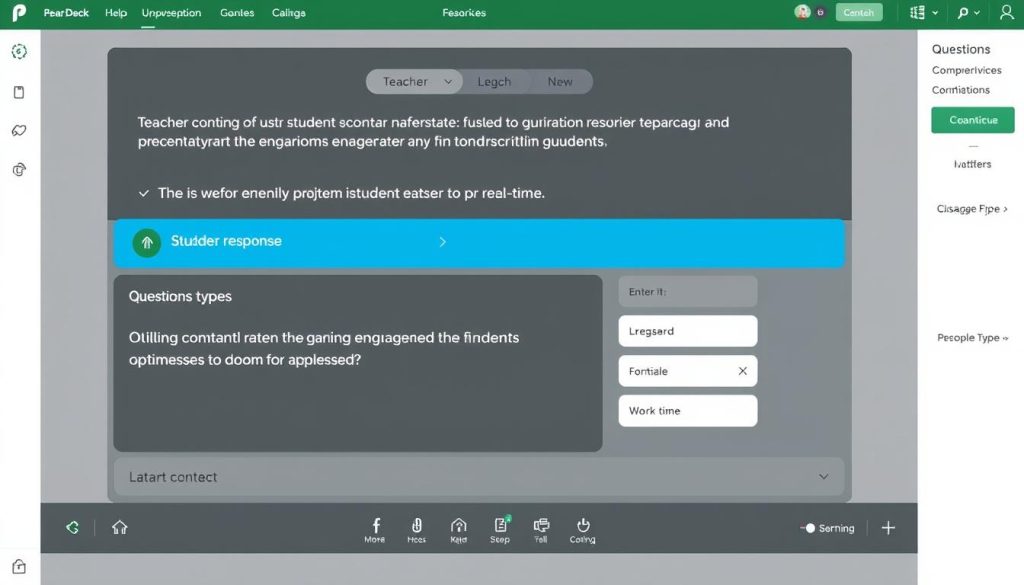
10. Pear Deck
Pear Deck is a Google Slides add-on that transforms presentations into interactive experiences. Teachers can create differentiated questions, slides, and activities using their own content or templates. Students respond via their devices, allowing teachers to assess understanding in real-time and adjust instruction accordingly. The basic version is free with premium features available.
Tips for Implementing Differentiation Resources
Start Small and Build
Begin with one differentiation strategy and gradually add more as you and your students become comfortable. Many teachers find success starting with learning stations or tiered assignments before moving to more complex approaches.
Use Formative Assessment
Regular formative assessments help identify where students are in their learning journey. Exit tickets, quick quizzes, and observation notes can guide your differentiation decisions and help you form flexible groups.
Create Flexible Groups
Group students based on readiness, interest, or learning profile, but keep groups flexible. Students should move between groups as their skills and understanding develop.
Establish Clear Routines
Well-established classroom routines are essential for successful differentiation. When students know what to do during independent work time, you can focus on working with small groups or individuals.
Collaborate with Colleagues
Share resources and strategies with fellow teachers. Collaborative planning can significantly reduce the workload of creating differentiated materials and provide fresh perspectives on meeting student needs.
Reflect and Adjust
Regularly evaluate the effectiveness of your differentiation strategies and be willing to adjust. What works for one class or student may not work for another.
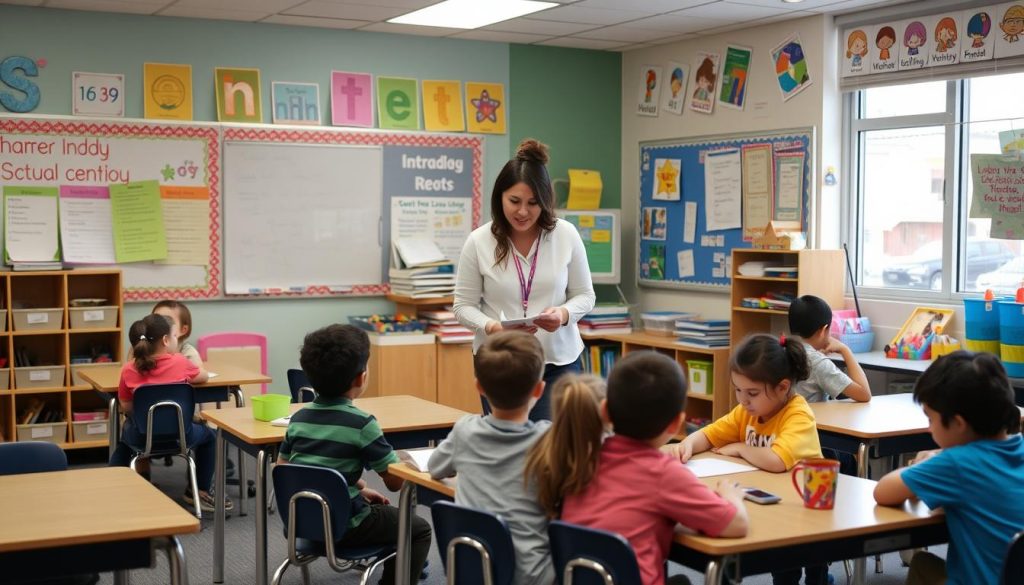
Common Myths About Differentiation
Reality
- Differentiation can save time long-term by addressing student needs effectively
- Well-implemented differentiation reduces behavior issues by keeping students engaged
- Differentiation benefits all students, not just those with special needs
- Many differentiation strategies require minimal preparation once established
- Differentiation can work in any classroom size with proper planning
Myth
- Differentiation takes too much time to implement
- Differentiation creates classroom management problems
- Differentiation is only for students with learning disabilities
- Differentiation requires creating individual lessons for each student
- Differentiation isn’t possible in large classrooms
Start Your Differentiation Journey Today
Implementing effective differentiation doesn’t have to be overwhelming. The resources we’ve shared provide practical, classroom-tested strategies that can be adapted to your teaching style and student needs. Start with one or two approaches that resonate with you, then gradually expand your toolkit as you and your students grow more comfortable with differentiated learning.
Remember that differentiation is an ongoing process, not a destination. Each step you take toward meeting individual student needs creates a more inclusive, engaging classroom where all learners can thrive.
Ready to transform your classroom?
Download our free differentiation starter kit with templates, planning guides, and quick-reference sheets to jumpstart your differentiation journey.

